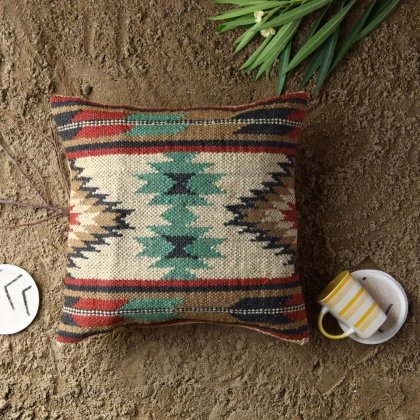There you are, holding a beautifully rustic jute placemat, wondering how to keep it clean without ruining its earthy charm. It’s a common question, and an important one, especially if you’re striving to maintain a clean, natural home. Whether it’s a splash of wine, a drip of sauce, or that mysterious smudge from last night’s dinner, the temptation to toss it in the washing machine is real. But should you? Short answer: No, jute placemats should not go in the washing machine. Now let’s explore why that is, and how to properly care for your jute pieces.
Is Jute Material Washable?
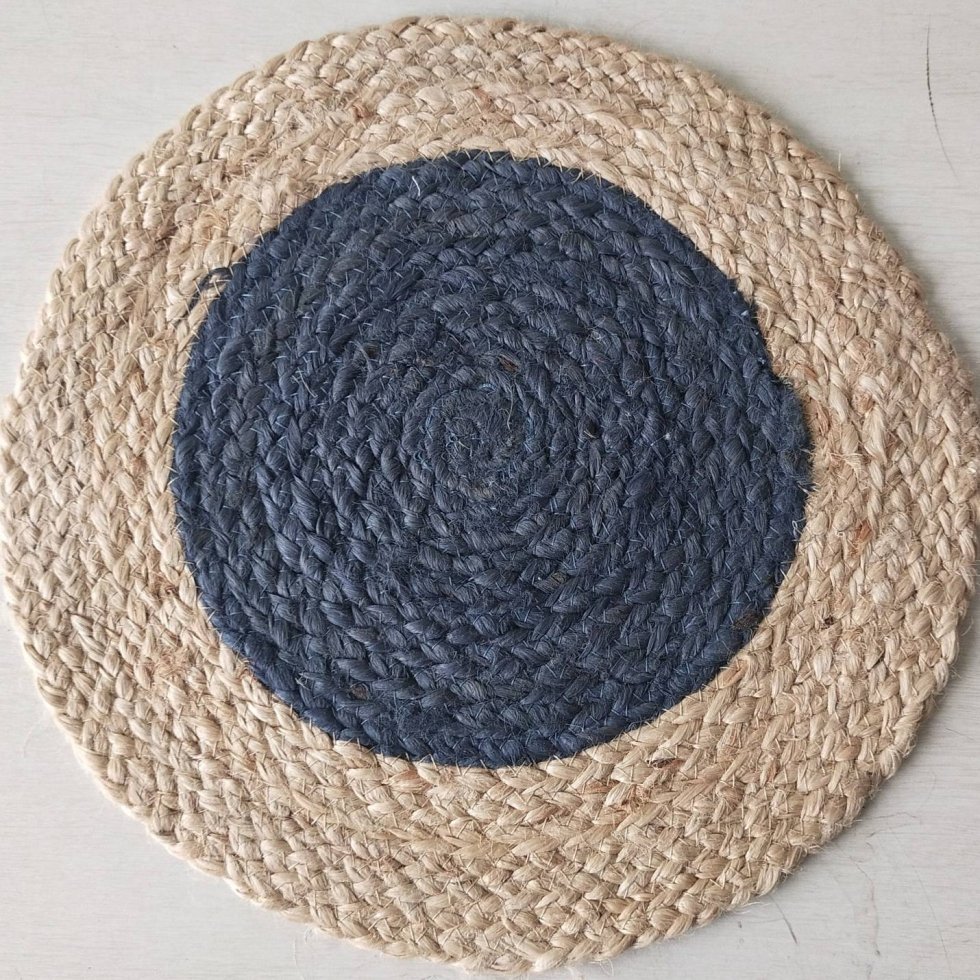
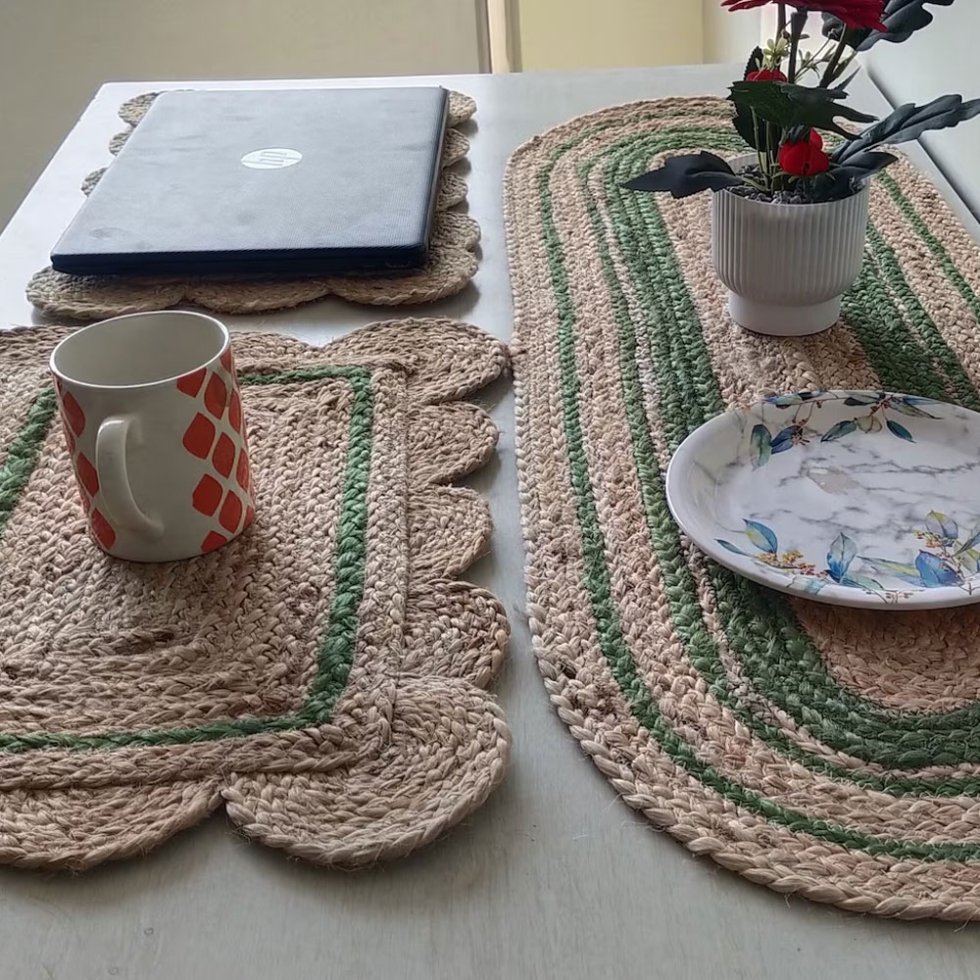
This is where things get a little tricky. Jute, being a natural fiber, doesn’t respond well to excessive moisture. So while you can clean it, you need to be very careful with how you do it. Jute is not machine-washable. Water can weaken the fibers, cause fraying, or even lead to mold and mildew if not dried properly. Think of jute as you would a delicate wool sweater, it needs a gentle hand.
How to Clean Jute Placemats?
So if you can’t wash them in the machine, how should you clean jute placemats?
- Shake or Vacuum: First, give them a good shake outdoors to remove loose dirt. A handheld vacuum or the brush attachment on a regular vacuum also works wonders.
- Spot Clean: Use a mild soap solution and a soft cloth or sponge. Dab (don’t rub!) the stained area gently.
- Blot Dry: After spot cleaning, use a dry towel to blot up as much moisture as possible.
- Air Dry: Always let jute air dry fully before storing or using it again. Lay it flat and keep it away from direct sunlight to avoid fading.
Will Jute Placemats Scratch Tables?

No, jute placemats typically do not scratch tables, especially if they’re well-made and used properly. Jute, by nature, is a coarse fiber, but that doesn’t mean it’s abrasive. In fact, most jute placemats are woven tightly and have a relatively soft finish, making them safe for everyday use on most table surfaces, including wood, glass, and metal. However, there are a few things to keep in mind:
- Quality matters: Lower-quality jute placemats may have rough or loose fibers that could potentially rub against delicate finishes, especially on softer woods. Opting for placemats with a smooth, tight weave will help avoid this.
- Table finish: If your table has a high-gloss or easily scratched surface, you can add an extra layer of protection by using a thin cloth or felt pad under the placemat. This is especially useful if the placemats are new and not yet broken in.
- Cleaning debris: Sometimes crumbs or tiny particles can get caught in the jute weave. If left there, these can act like grit and potentially scratch the table when placemats are moved. Just give them a little shake or gentle brush-off before each use.
How to Remove Smell from Jute Placemats?
Jute has a naturally earthy scent, which many people actually love. But if your placemats start smelling musty (thanks to spills or moisture), there are easy, natural fixes.
Here’s how to freshen them up:
- Baking soda treatment: Sprinkle baking soda generously over the placemats and leave it overnight. Shake it off or vacuum it the next day. It’s great for absorbing odors.
- Vinegar spritz: Mix equal parts white vinegar and water in a spray bottle. Lightly mist the placemats (don’t soak them), then let them air dry fully. Vinegar is a natural deodorizer and safe in small amounts.
- Sunlight and air: Lay the placemats outside on a dry, sunny day for a few hours. Sunlight naturally kills odor-causing bacteria. Just don’t overdo it, too much sun can fade the color.
Avoid strong chemical sprays or perfumes—they can stain the jute or make it worse.
What Happens If Jute Placemats Get Wet?
When jute placemats get wet, a few things can happen, most of them not great if you’re not careful. First, the natural fibers will usually darken in color, sometimes unevenly, and this can make them look stained even if it’s just water. More importantly, jute is very absorbent but doesn’t dry quickly, which means the moisture can linger and lead to warping or misshaping as it dries. Repeated exposure to water can weaken the fibers, causing them to break down or shed more easily.
If the placemat is not dried thoroughly and promptly, particularly in a humid environment, there is a risk of mold or mildew developing. To prevent damage, jute placemats should be kept as dry as possible, and if they do become wet, they should be laid flat in a well-ventilated area and gently blotted with a clean, dry towel.
How You Can Use Jute Placemats?

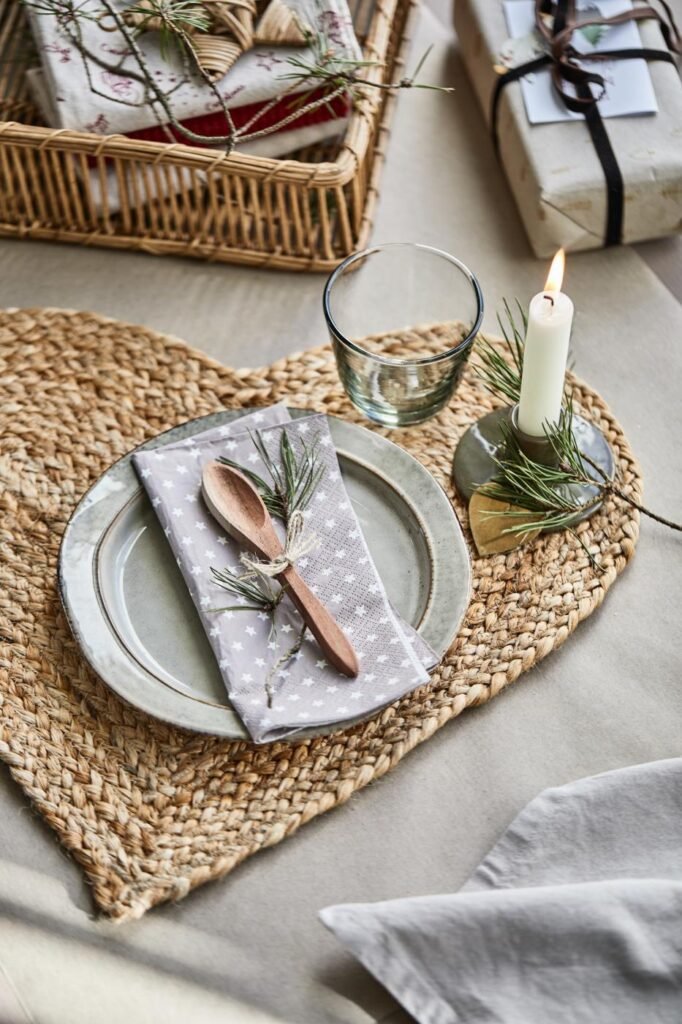
Jute placemats aren’t just for the dinner table, they’re surprisingly versatile and add a touch of organic beauty to all kinds of spaces. Here are some lovely ways to use them in your home:
- Everyday dining settings: The most common use, of course, is right at the table. Jute placemats protect your surfaces from hot plates and spills, while also bringing that natural, grounded look that makes even casual meals feel intentional.
- Under table centerpieces: Place them beneath a vase of fresh flowers, candles, or a fruit bowl to create a simple yet styled centerpiece. The texture of jute adds a warm, earthy backdrop that instantly elevates your decor.
- On coffee tables and sideboards: Use jute placemats as a base layer for decorative objects, think books, candles, or small trays. It’s a subtle way to add structure and warmth to flat surfaces throughout your living space.
- For outdoor dining and picnics: Jute works beautifully for alfresco meals, bringing a natural feel to patio tables or picnic blankets. Just be sure to keep them out of direct moisture—they’re decorative, not waterproof.
- In entryways or hall tables: Set one under a catch-all bowl or a stack of mail in your entryway to make the space feel more curated. It’s an easy way to create zones and make everyday clutter look intentional.
Is Jute Good For Kitchen Mat?
Yes, jute can be a good option for a kitchen mat, especially if you’re aiming for a warm, natural look in your space. Its earthy texture and neutral tones complement many kitchen styles, from rustic farmhouse to modern minimalist. However, while it scores high in style, it does require a bit more care in functionality. Jute doesn’t handle moisture well, so it’s not ideal for areas prone to spills, like in front of the sink or stove.
Choosing a jute mat with a non-slip or rubberized backing can also improve its performance and durability. With mindful placement and regular spot cleaning, a jute kitchen mat can be both beautiful and practical.
How To Style Jute Placemats?


- Modern monochrome: Pair Black Target Jute Placemats with white or cream dinnerware for a striking contrast. Add matte black cutlery and a minimalist centerpiece to create a sleek, contemporary table.
- Warm and rustic layering: Use Black Target placemats on a wooden table with neutral linen napkins and earthy ceramics. Add a candle or two for a cozy, inviting vibe.
- Soft, feminine charm: Scalloped Jute Placemats are perfect for spring tablespaces, pair with floral plates, soft pink napkins, and fresh blooms for a light and airy feel.
- Elegant farmhouse style with Oval Jute Placemats: Combine these with white dishes, mason jar glasses, and a burlap runner. A touch of greenery or eucalyptus adds that fresh farmhouse finish.
- Casual outdoor dining: Both styles work beautifully outside, just place them under your everyday plates with cloth napkins and simple glassware for a relaxed, pulled-together look.
- Layered texture for centerpieces: Place a jute placemat under your centerpiece, whether it’s a vase, a fruit bowl, or candles, to give the display extra depth and visual interest.
What are the Various styles and shapes available in jute placemats?
- Oval Jute Placemats: Oval jute placemats provide a soft, organic silhouette that complements both round and rectangular tables. Their elongated shape offers ample space for plates and cutlery, making them ideal for everyday dining and special occasions alike.
- Braided Jute Placemats: Braided jute placemats showcase a handcrafted, textured design that adds a rustic charm to any table. The intertwining fibers not only enhance visual appeal but also offer durability and heat resistance, protecting your table surfaces effectively.
- Scalloped Jute Placemats: Scalloped jute placemats feature decorative, wavy edges that introduce a touch of elegance and femininity to your table setting. Their intricate borders make them a perfect choice for festive gatherings, tea parties, or adding a vintage flair to your decor.
- Rectangular Jute Placemats: Rectangular jute placemats offer a classic and versatile option that fits seamlessly with most table shapes. Their straight lines and ample surface area make them suitable for both casual meals and formal dining experiences.
Wrap Up
Jute placemats bring together natural beauty, functionality, and timeless charm, whether you’re styling your dining table, refreshing your decor, or simply looking for a more sustainable way to elevate your home. And if you’re loving the warm, grounded feel of jute placemats, why stop there? Explore our collection of jute ottomans, perfect for adding texture and comfort to your living room, reading nook, or entryway. Just like our placemats, they’re handcrafted, eco-conscious, and effortlessly stylish.
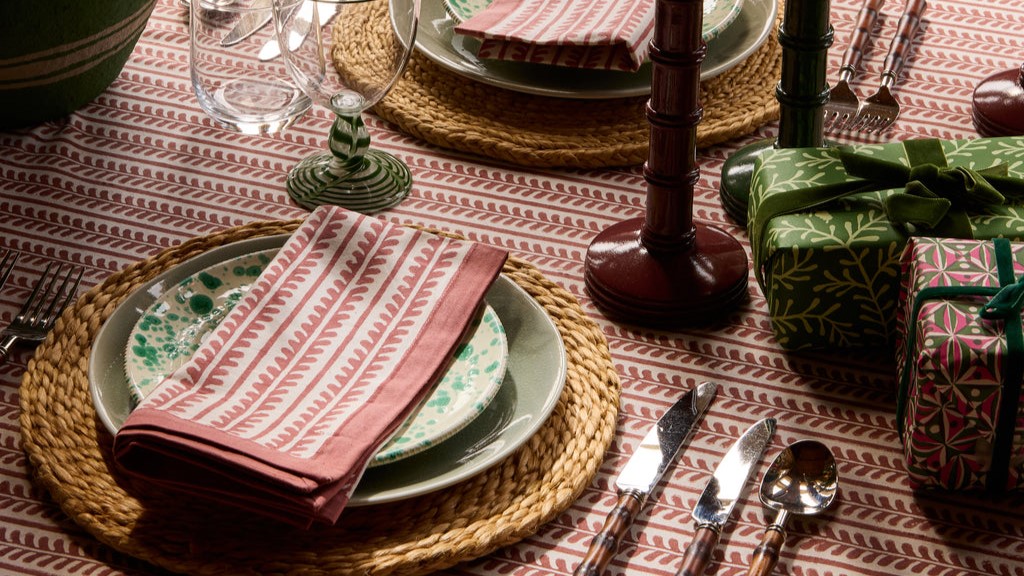
Jute Placemats
Elevate your table with our handcrafted jute placemats – naturally stylish, durable, and perfect for every dining occasion!






